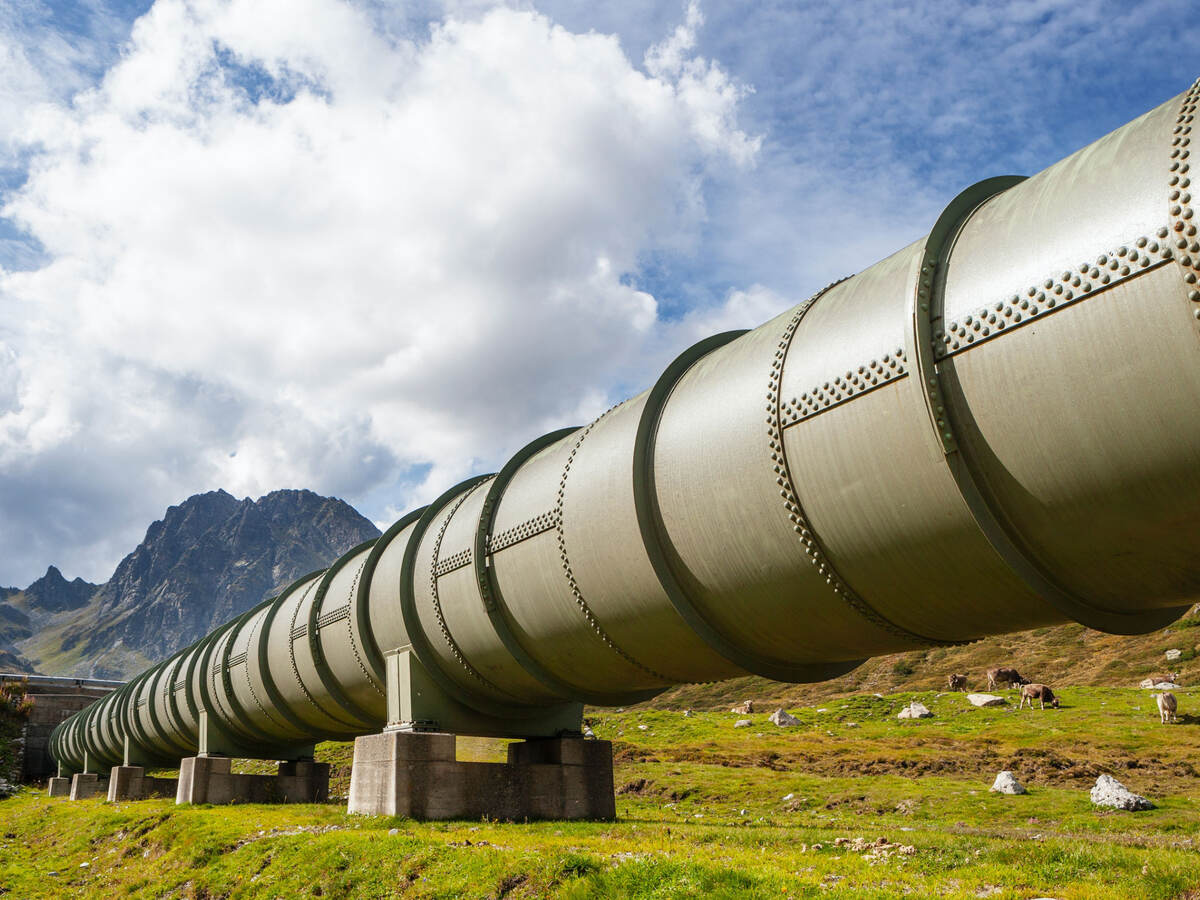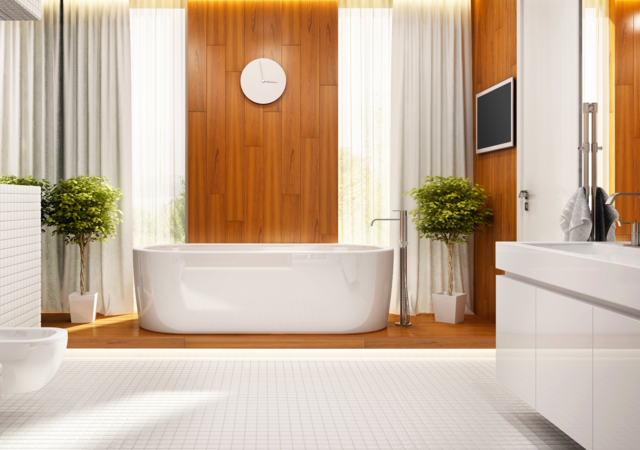April 14, 2022
Since the early 1900s, the United States and Canada have regularly had water tested, making efforts to rid water and water sources of harmful bacteria and contaminants. But plumbing products — fittings, fixtures, and pipes that carry water — must also undergo testing to ensure they are safe to use. If it touches the water you drink, it had better be evaluated according to the applicable standards.
Why should I test and certify drinking water system components?
If you manufacture water and plumbing products — or just about anything else, for that matter — you probably already know the importance of testing and certification. At a basic level, testing and certification help keep people and property safer. Testing and certification help ensure that products meet minimum safety standards and do not surpass maximum contaminant levels.
Testing and certification help build customer trust and loyalty. It may also enhance your brand’s reputation and give it a competitive edge in the marketplace. In most areas, legislation and regulation require testing and certification. In some cases, if your product hasn’t earned a certification according to the applicable standards, it isn’t going to market.
Which products need testing and certification?
Drinking water fountains, faucets, fixtures, meters, pipes, storage tanks and other plumbing products must meet standards regarding the quantity of impurities or harmful substances they introduce into a water supply. Products undergo testing for levels of copper, lead and other metals, as well as volatile and semi-volatile organic chemicals. They also undergo testing for such potentially hazardous plastics ingredients as phthalates and bisphenol A (BPA).
Testing and certification can help ensure that kitchen and bathroom faucets meet health safety requirements and that they deliver safe drinking water. Product packaging — and often the product itself — indicates that the faucet is certified. Health effect testing and certification also apply to metal and plastic fittings, pipes and tubing, as well as cement and primers, hot water dispensers and pipe coatings. Because water can absorb substances from anything it touches, all plumbing materials used in a potable water supply must undergo testing and certification to meet industry standards.
Which standards apply to water and water products?
NSF-60 and NSF-61
In the 1980s, the EPA sought proposals for testing and certification programs for drinking water additives and system components. In response, a consortium led by the National Sanitation Foundation developed NSF-60 (1987) and NSF-61 (1988), which became the common standards for water product safety and certification in North America. NSF-60 and NSF-61 are formally known as NSF/ANSI/CAN-60 and NSF/ANSI/CAN-61.
NSF-60 deals with drinking water treatment chemicals, and NSF-61 handles drinking water system components. Both standards help ensure safety through testing and certification. The testing process may include:
- Formulation review
- Product testing under laboratory conditions
- Determination of contaminant levels
- A compliant grade if contaminants fall below a certain level
- A non-compliant grade if contaminants rise above a certain level
NSF-61 evaluates the contaminants or impurities imparted indirectly into drinking water. Many major plumbing codes in North America require NSF-61 certified products. Compliance with the NSF-61 standard may reduce barriers to marketing your products.
Have the drinking water system components and drinking water treatment chemical standards had revisions? What other standards should I know about?
Both NSF-60 and NSF-61 have seen revisions nearly every year since their adoption; several times, they underwent revisions more than once in a calendar year. Keeping up with all the revisions can prove challenging, as can making sure your products comply with all the latest standards.
One such revision, NSF-61 Annex G (2008), established product standards regarding lead content in particular. NSF-61 G required a product’s wetted surface to have a verifiable lead content of no more than 0.25%. As you probably know, 0.25% serves as the benchmark for putting that all-important “lead-free” label on a product. An expanded and revised version of NSF-61 G became NSF-372 (2011), which now provides the standard for testing and certifying lead-free fixtures and plumbing.
Another important water product safety standard is NSF-600, which addresses toxicological review and evaluation procedures. NSF-600 defines testing and grading criteria for drinking water system components. Only components that pose no known human health risks earn certification.
How do I certify my drinking water system components?
To certify water components for compliance with NSF-61 and other standards, you must use an accredited certification body. At UL, we test, inspect and certify your drinking water system components to help ensure that consumers can safely use them. After your product earns certification, it is eligible to bear the UL Mark. Learn more about our full range of services for your water products.
Get connected with our sales team
Thanks for your interest in our products and services. Let's collect some information so we can connect you with the right person.



